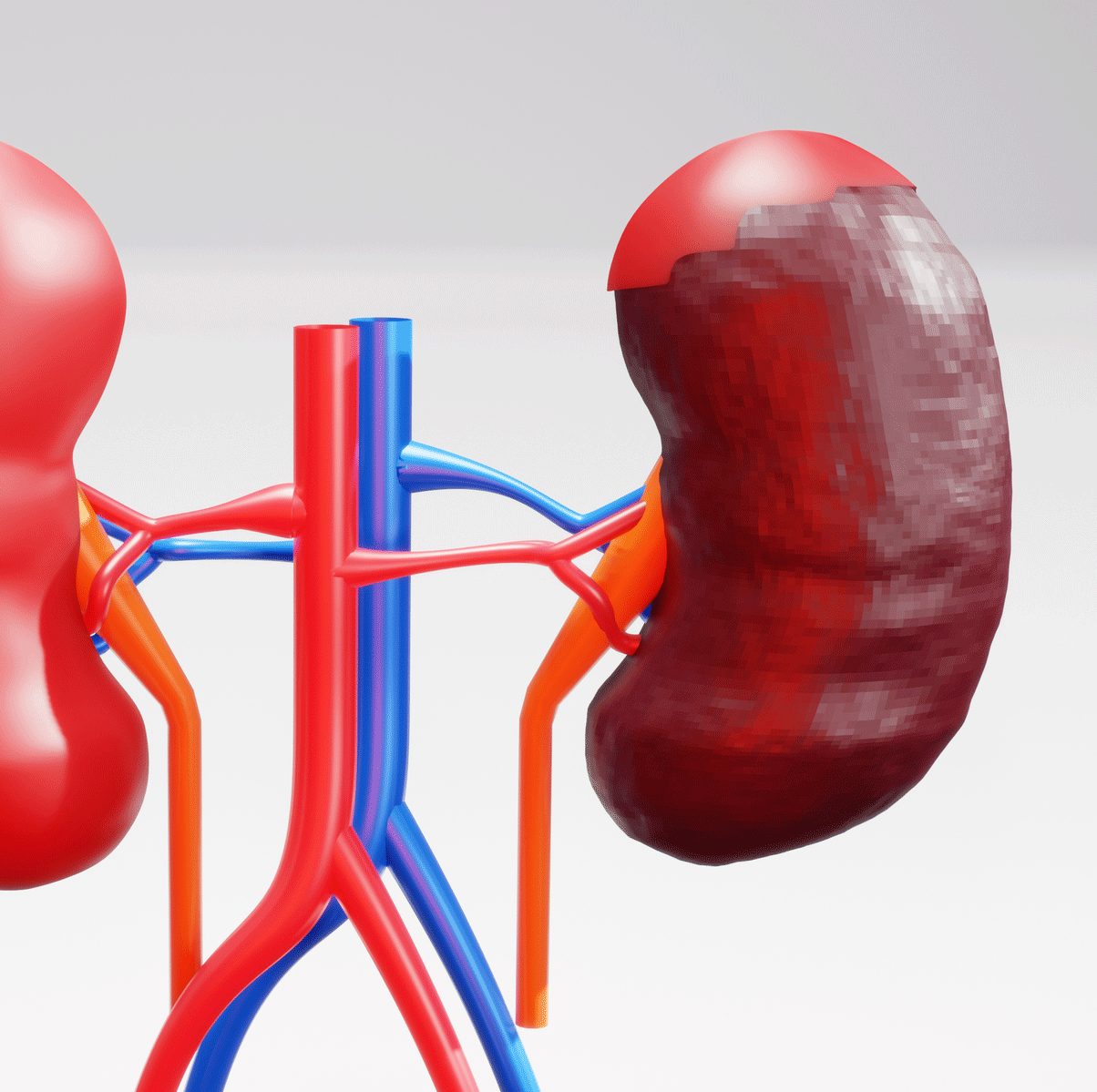What Is Kidney (Renal) Cancer

Cancer occurs when cells in your body change and grow out of control to form tumors. Cancer that starts in kidney cells is called kidney (renal) cancer.
Understanding your kidneys
Your kidneys are two bean-shaped organs. Each is about the size of a bar of soap. They reside towards the middle to lower part of your back. You have one kidney on each side of your spine.
Kidneys help filter waste and excess fluid from your blood. The liquid and waste become urine that enters your bladder through thin tubes called ureters. Urine then leaves your body through a tube called the urethra.
Your kidneys also help control your blood pressure. In addition, they help make sure your body has enough red blood cells.
YOU MIGHT ALSO LIKE: Symptoms of Kidney Cancer
When kidney cancer forms
A kidney is made up of many layers of cells. Kidney cancer can affect any or all of those layers and can stop your kidneys from working normally.
Kidney cancer may spread to other parts of your body. When cancer spreads, it’s called metastasis. The more cancer spreads (metastasizes), the harder it is to treat.
Kidney cancer, also called renal cancer, is among the top 10 most common cancers in the United States, with from 60,000 to 80,000 new cases a year. (The name comes from “renalis,” which means “related to the kidney” in Latin.)
This cancer typically affects people between the ages of 65 and 74. Men are twice as likely as women to have kidney cancer. It is more common in Native Americans and in blacks.
In the early stages, kidney cancer often causes no clear symptoms, and small tumors aren’t apparent during a routine exam. By the time they’re diagnosed, more than a fifth of patients already have an advanced case, in which the cancer has spread beyond their kidney.
Significant treatment advances have evolved, however.
Renal cell carcinoma
About nine of 10 kidney cancer tumors are renal cell carcinomas (RCC). You may have more than one tumor in more than one kidney. They may be large by the time of diagnosis. But most cases of kidney cancer are found before the cancer has spread to other organs.
There are different types of RCC. A pathologist looks at the cancer cells under a microscope to identify which type you have.
Types of kidney cancer
- Clear cell. This is the most common type of RCC. The cancer cells look pale or clear.
- Papillary. The second most common type of RCC, this type of tumor has tiny fingerlike growths.
- Chromophobe. This is a rare form of kidney cancer. The cells are larger than other types of RCC.
- Collecting duct. This is also a rare form of RCC. The cancer cells look like irregular tubes.
- Unclassified. This type includes tumors that have cells from more than one type of cancer. It also includes tumors with cells that don’t fit into the other categories.
Other types of kidney cancer
Other less-common types of kidney cancers include:
- Transitional cell carcinoma. Also known as urothelial carcinoma, this cancer starts where the ureter and kidney meet. That area is called the renal pelvis. Transitional cell carcinoma can act and look like bladder cancer.
- Wilms’ tumor. This cancer almost always occurs in children. It's very rare in adults.
- Renal sarcoma. A very rare type of kidney cancer, renal sarcoma begins in the blood vessels and connective tissue around your kidneys.
Kidney tumors that aren’t cancer
Several types of kidney tumors are not cancer (benign). They include renal cell adenoma, renal oncocytoma, and angiomyolipoma.
Such tumors may still affect kidney function and can cause pain and other symptoms. But the cells usually do not spread to other organs.
Updated:
March 17, 2023
Reviewed By:
Janet O'Dell, RN